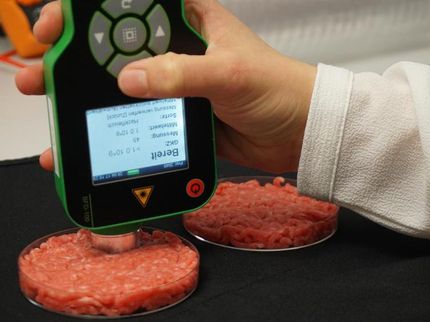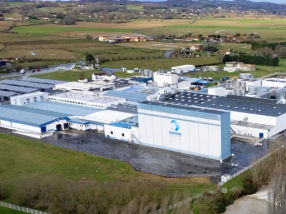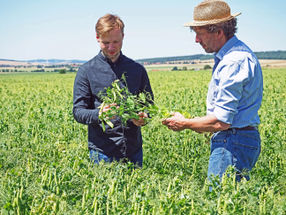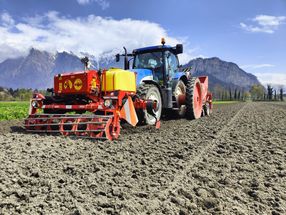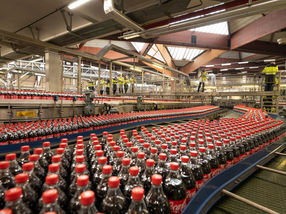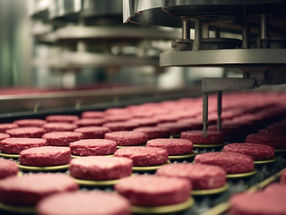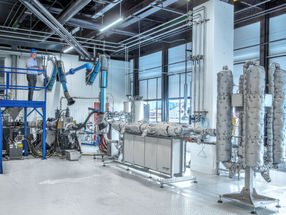60 years HACCP - how it all began
Space research provided the impetus
HACCP is the abbreviation for: hazard analysis and Critical Control Points. Literally translated: Hazard analysis and critical control points. The concept serves to avoid dangers in connection with the production of food, which can lead to a disease or injury of consumers.

Photo by SpaceX on Unsplash
It's hard to believe, but this concept was developed by NASA: The National Aeronautics and Space Administration (NASA), founded in 1958, commissioned the creation of guidelines for the production, storage and processing of 100% safe space food in 1959. The concepts used at that time to avoid errors originated in mechanical engineering and were not suitable for food production. For this reason it was decided to take a preventive approach, which was made transparent and comprehensible through very precise documentation.
The first difficulties were the identification of hazards and their risk assessment; there was simply a lack of experience. It took until 1971 for the program to get its name, under which it is still known today.
In the 1970s and 1980s, various national and international organisations became aware of the new HACCP concept. Among others, the World Health Organization (WHO). Considerations were made as to whether and in what form a general application of the HACCP concept in food production would be possible. The HACCP concept has been further developed. Initially three became six and later seven principles. Later, the seven principles were adopted by the WHO Codex Alimentarius Commission. They are:
-
hazard analysis
critical control points
limit values
continuous monitoring
corrective measures
documentation
regular verification
Many states and communities of states have now enshrined the HACCP concept in law. In the European Union (EU), the obligation to comply with HACCP is regulated by Regulation (EC) No. 852/2004 on food hygiene. The regulation is part of the so-called "hygiene package" of the EU and has been binding for all member states since 1 January 2006.
Most read news
Other news from the department Production

Get the food & beverage industry in your inbox
By submitting this form you agree that LUMITOS AG will send you the newsletter(s) selected above by email. Your data will not be passed on to third parties. Your data will be stored and processed in accordance with our data protection regulations. LUMITOS may contact you by email for the purpose of advertising or market and opinion surveys. You can revoke your consent at any time without giving reasons to LUMITOS AG, Ernst-Augustin-Str. 2, 12489 Berlin, Germany or by e-mail at revoke@lumitos.com with effect for the future. In addition, each email contains a link to unsubscribe from the corresponding newsletter.
Most read news
More news from our other portals
See the theme worlds for related content
Topic world Food safety
Food safety is at the heart of the food and beverage industry. It ensures that the food we eat every day is not only nutritious, but also free of harmful contaminants. From field to plate, the industry monitors and regulates every step of the process with strict quality controls, advanced testing methods and continuous research.

Topic world Food safety
Food safety is at the heart of the food and beverage industry. It ensures that the food we eat every day is not only nutritious, but also free of harmful contaminants. From field to plate, the industry monitors and regulates every step of the process with strict quality controls, advanced testing methods and continuous research.
Topic world Hygiene
Hygiene is the foundation of the food and beverage industry. Hygiene technology ensures that products are not only tasty, but most importantly, safe for consumption. From advanced cleaning processes to sterile filling techniques, the industry is constantly setting new standards to prevent contamination and the growth of microorganisms.
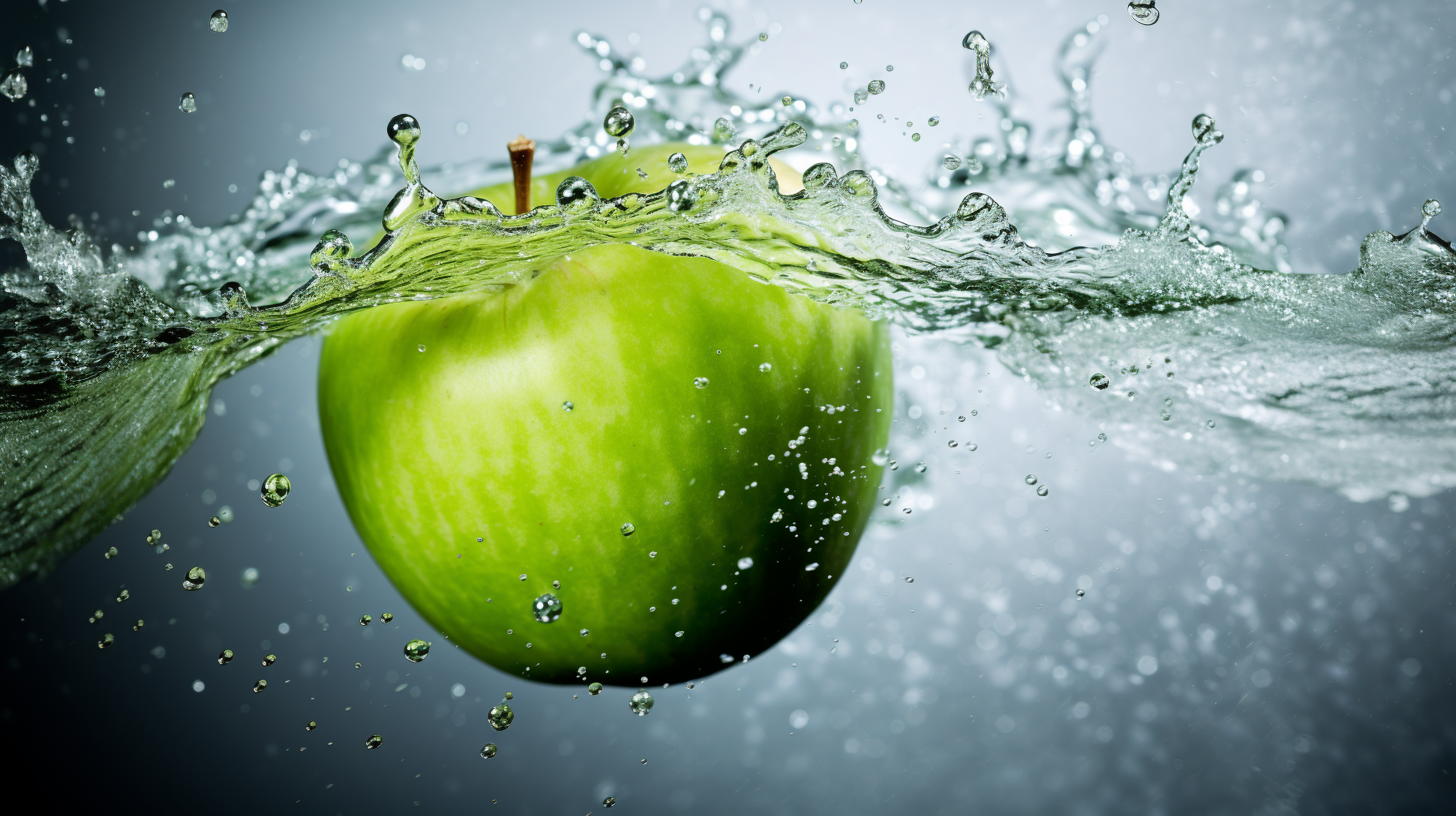
Topic world Hygiene
Hygiene is the foundation of the food and beverage industry. Hygiene technology ensures that products are not only tasty, but most importantly, safe for consumption. From advanced cleaning processes to sterile filling techniques, the industry is constantly setting new standards to prevent contamination and the growth of microorganisms.

